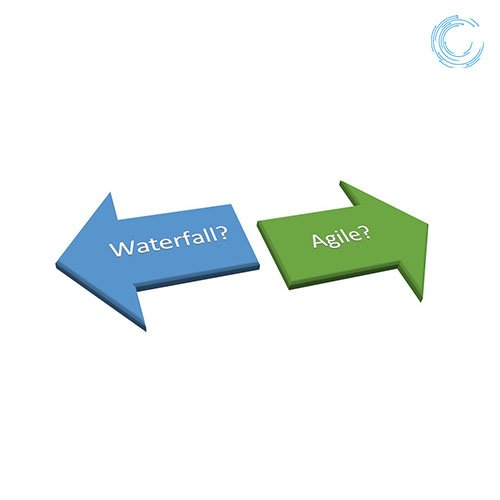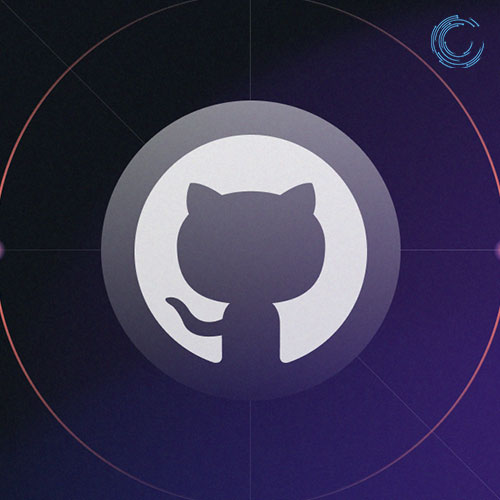Future of VR Technology
VR technology (Virtual reality) has come a long way in recent years, and its future looks even more promising. The advancements in VR have been driven by the increasing capabilities of technology, such as faster processors, more powerful graphics cards, and better sensors. These advancements have made it possible to create more realistic and immersive virtual environments. VR Technology One of the biggest areas of growth for VR is in the gaming industry. The ability to fully immerse oneself in a game world has long been a dream for gamers, and VR technology is finally making that dream a reality. VR gaming is expected to become even more popular in the future, as more games are developed specifically for VR platforms. Another area where VR is expected to make a big impact is in education and training. VR can be used to create realistic simulations of real-world scenarios, allowing students and trainees to practice and learn in a safe and controlled environment. This is especially useful in fields such as medicine, where VR can be used to simulate surgical procedures. In addition, VR technology is also expected to play a big role in the field of therapy and rehabilitation. VR can be used to create immersive environments that can help patients with conditions such as PTSD and phobias to overcome their fears. Finally, VR technology is also expected to be used in other industries such as entertainment, tourism, and retail. For example, people could use VR to experience virtual tours of different parts of the world, or to try on clothes and makeup in a virtual fitting room. In conclusion, the future of virtual reality looks extremely promising. With the advancements in technology, VR is becoming more realistic and immersive, and it is expected to have a big impact in several industries such as gaming, education, therapy and rehabilitation and entertainment. As the technology continues to improve, we can expect to see even more exciting and innovative uses for VR in the future.
Future of VR Technology Read More »





